
What do you need in a gaming TV? It’s pretty straightforward: OLED display technology, a 120Hz variable refresh rate, a sub-10ms response time, low latency, four full-bandwidth HDMI 2.1 ports, a smattering of HDR support and, naturally, a 4K resolution.
Knowing this doesn’t make shopping for one much easier. Most of the best 4K TVs we’ve reviewed fit the bill, but when prices hit £3,000, it can be tricky to know if it’s worth it.
Take value for money into account and you can start to narrow the field. My recommendation is the LG C5. This year’s update to the LG’s mid-range OLED series is a strong contender for the best TV I’ve had the pleasure to slouch in front of for (too many) hours each weekend.
With a starting RRP of £1,499 for the 55in model, the LG C5 is hardly cheap, but still excellent value next to the competition (and way more affordable than the top-of-the-line LG G-series sets). Drop down to a 42in or 48in model and you’ll save even more, though bear in mind that the smaller C5 TVs don’t get the brightness booster feature found in the 55in and above.
How I tested
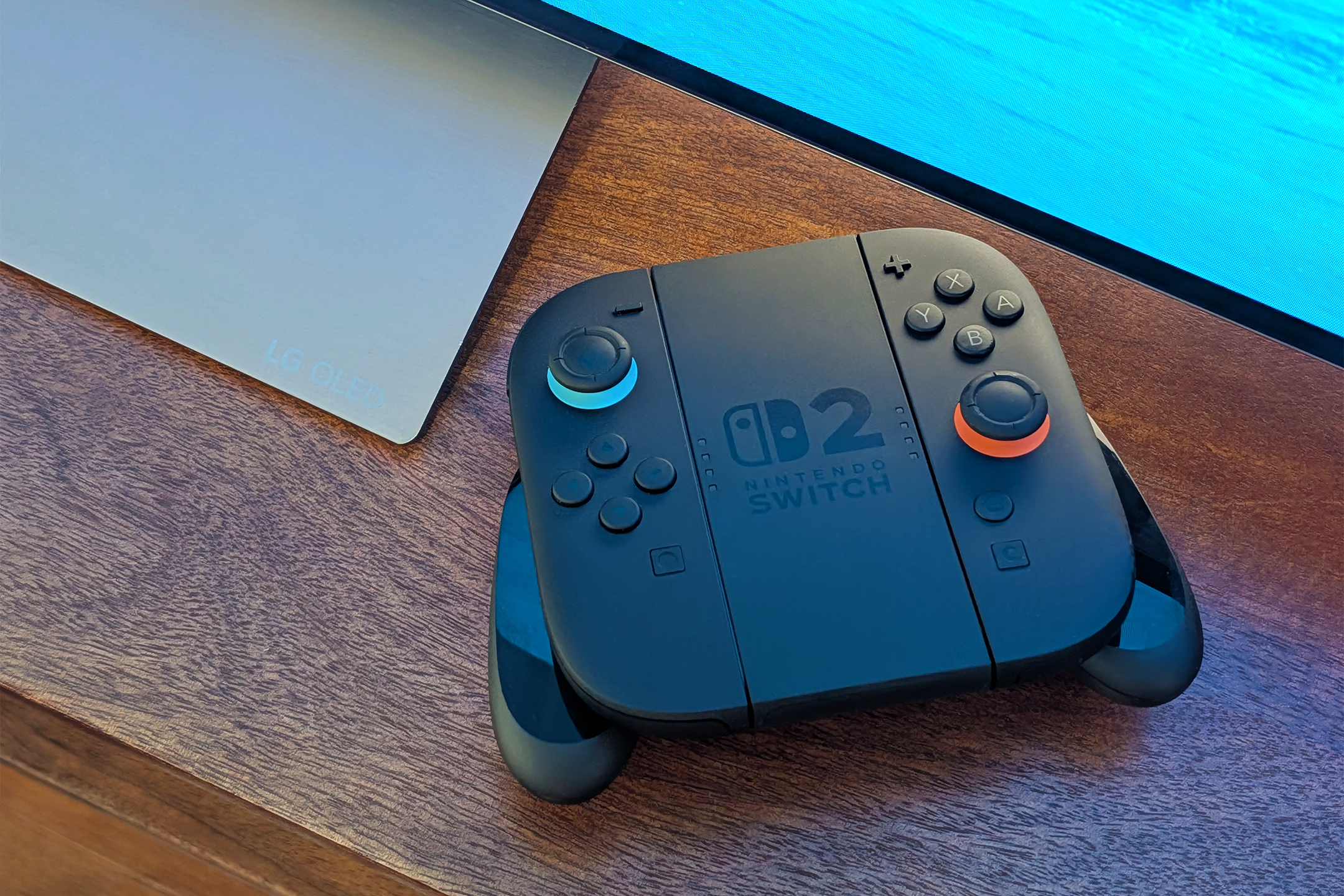
I installed the 55in LG C5 in my living room and used it as my regular television for several weeks, assessing its credentials as a gaming TV as well as a device to watch old episodes of Only Connect. Top testing criteria included:
- Gaming: I connected a full suite of gaming machines – a PlayStation 5, an Xbox Series X, Nintendo Switch 2 and an RTX 40-series gaming PC – to test the C5’s capabilities. My testing involved playing 120Hz-compatible games, including Sea of Thieves, and fast-paced games, such as Rocket League, to assess input lag and motion handling. Visually stunning titles like Cyberpunk 2077, Death Stranding and No Man’s Sky were used to scrutinise HDR performance, colour and contrast.
- Movies and TV: A great gaming TV has all the same qualities as a great TV for every kind of entertainment. I spent afternoons and evenings streaming 4K HDR content from Netflix and Prime Video, paying close attention to picture processing and upscaling, as well as the severity of any reflections when daytime viewing.
- Connectivity: Beyond the screen itself, I tested the practicalities of living with the C5, from the initial setup process and navigating the WebOS interface to the functionality of the remote control and availability of various HDMI and audio connections, as well as my labyrinthine gaming setup demands.
Why you can trust IndyBest reviews
IndyBest is The Independent’s reviews section, where trusted experts examine products to see if they’re actually worth the money.
Steve Hogarty is a technology journalist with more than 10 years of experience writing about everything from phones and laptops to the latest video games. When it comes to gaming accessories, he’s lent his expertise to IndyBest’s definitive round-ups of the best gaming headsets and the best standing desk for a gaming PC. His reviews are based on real-world testing and a decade of hands-on experience with the latest hardware, so you can be sure his verdicts are honest and unbiased.
LG C5
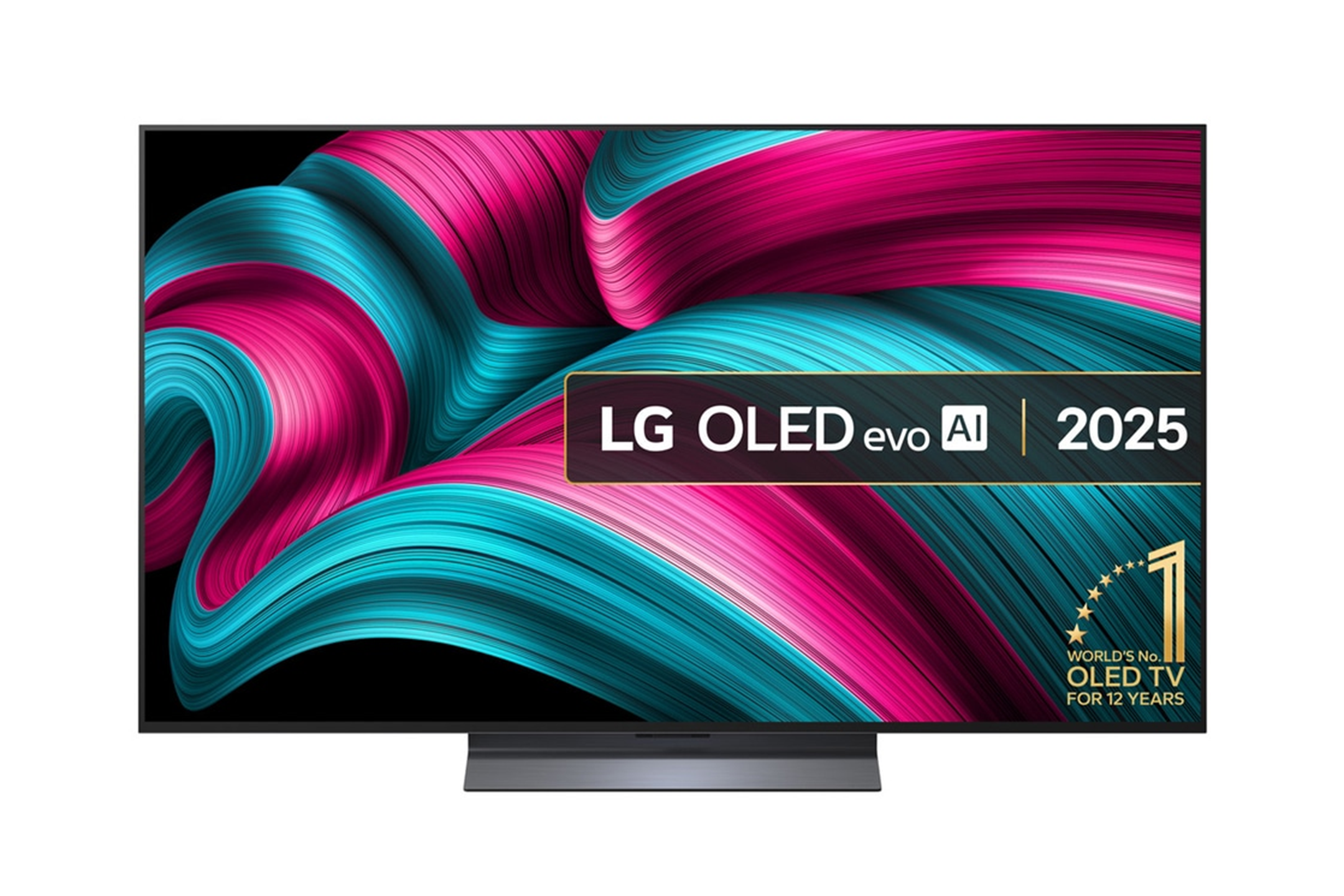
Display type: 4K OLED
Refresh rate: 120Hz native (VRR 144Hz)
HDR: HDR10, HLG, Dolby Vision
Processor: a9 AI Processor 4K Gen8
Response time: Less than 0.1ms
Why we love it
- OLED tech delivers brilliant contrast and vibrant colours
- 144Hz refresh rate for PC gaming
- Four HDMI ports for full connectivity
- Low latency and input lag
- Auto low-latency mode when gaming
- Variable refresh rate
Take note
- Not a huge step up from the LG C4
- No HDR10+ support
For years, the LG C series of TVs has been the go-to choice for gaming fans, delivering everything the Xbox Series X and PlayStation 5 consoles need to ensure titles look and play at their absolute best. It’s worth reiterating that features that make games look great also enhance every other kind of viewing too – the LG C5 is the latest in a lineage of excellent-looking TVs that regularly top all-round lists.
Before you’ve even switched it on, the LG C5 starts to impress. The display panel is razor thin, with all the guts and gubbins of the TV confined to a hidden block at the base of the back of the screen.
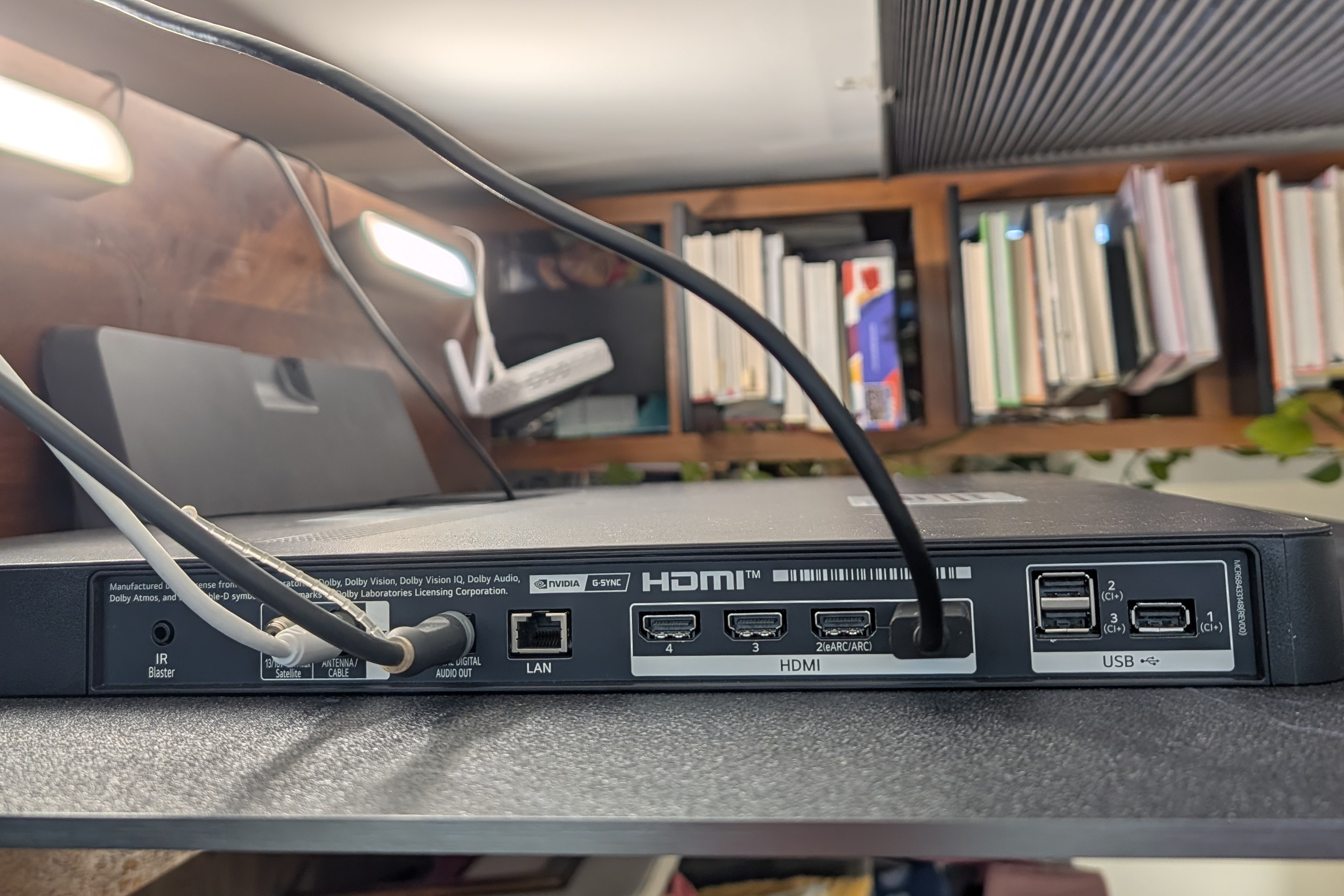
But the real headline for gamers is found around the back. The LG C5 comes equipped with four full-bandwidth HDMI 2.1 ports. That’s enough for your PS5, Xbox Series X, Nintendo Switch 2 and a gaming PC – you might never have to look at the rats' nest of cables behind your TV unit again.
Something of an optical illusion, the cracker-thin LG C5 looks like it might snap in half in a strong breeze. Narrow bezels and a minimalist, brushed metal stand complete the look.
The panel itself is the same as last year’s LG C4 – the C5’s main competition – and runs on the upgraded Alpha a9 Gen 8 AI processor, which manages brightness in a more naturalistic way as well as enabling a suite of AI features.
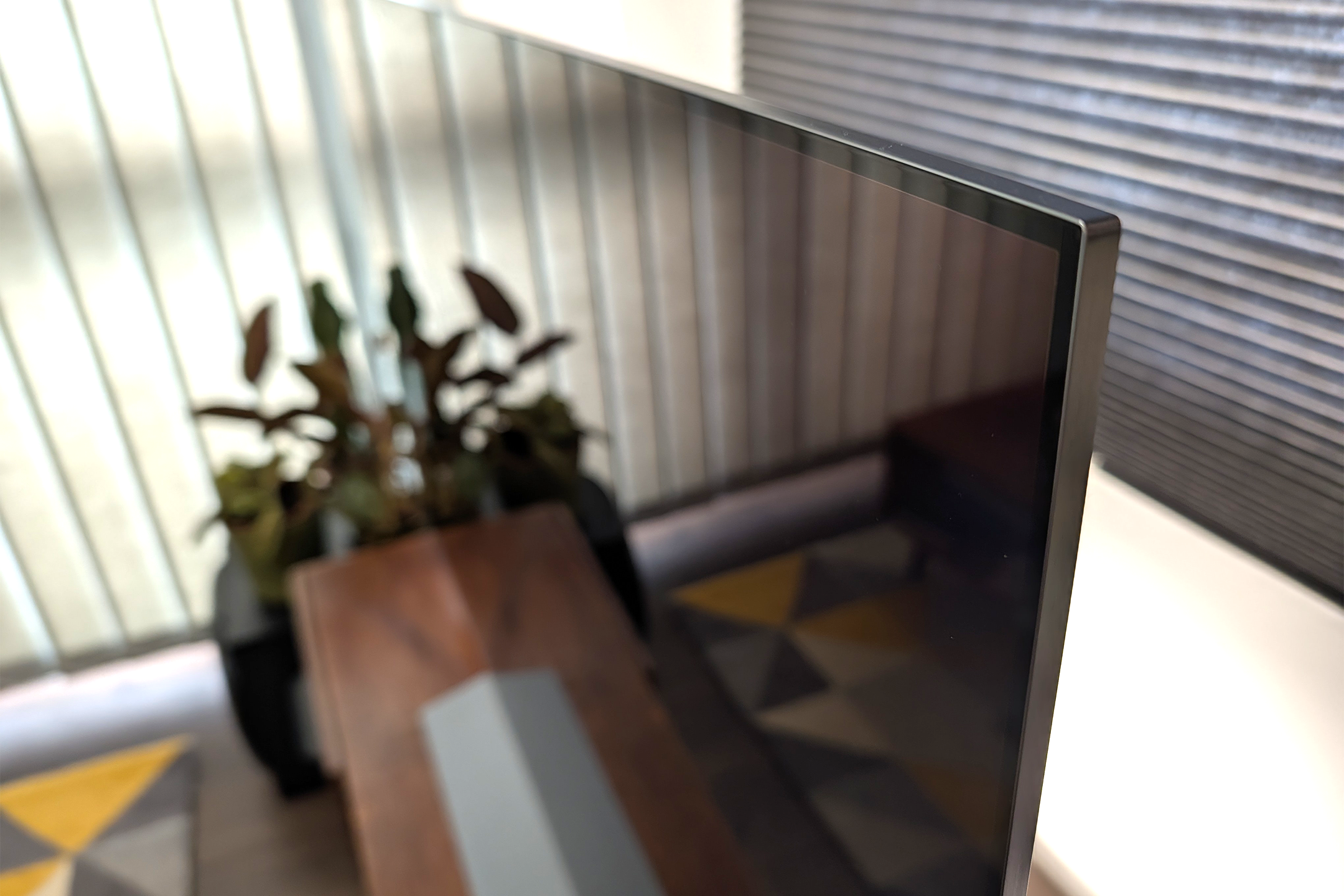
Overall image quality is superb, with the OLED tech delivering infinite contrast, deep blacks and punchy highlights without blooming, even in bright rooms.
It’s highly customisable too, with the option to have the AI handle the image, fine-tune it as you desire, or use the upgraded Filmmaker mode, which aims to display movies and shows as the director intended, switching off image and motion enhancements to deliver accurate colours and proper frame rates.
The upscaling of lower resolution sources on the LG C5 is some of the best I’ve seen, cleaning up fuzzy edges and subtly enhancing textures without looking overly sharpened. Non-HD video still has a telltale blurriness about it, but upscaled 1080p video on the C5 is hard to distinguish from true 4K at a glance.

There’s some occasional flickering on fast-moving, out-of-focus textures as the C5 tries to interpolate frames – the image processor sometimes has trouble with backgrounds in driving scenes – but tweaking the motion settings clears things up.
Gaming Mode turns off post-processing trickery to deliver only perfectly rendered frames. Football looks great here too, with Sports mode delivering fluid motion and detail without having to play around with settings.
LG’s WebOS interface is slick, intuitive and quick to navigate. The remote can be used like a Wii remote to select things on-screen, which is most useful when entering wi-fi passwords and the like. Your home screen pulls in recommended content from a range of apps, channels and streaming services, and an AI helper accessible on the remote can guide you to your favourite genres, directors and actors.
The AI assistant is surprisingly adept. I asked for The Simpsons, and the results included episodes and series from the Disney+ app, as you might expect, but also E4, which happened to be showing the programme. Let the AI keep a watchful eye on your viewing history, and it will get better at recommending new things to watch.
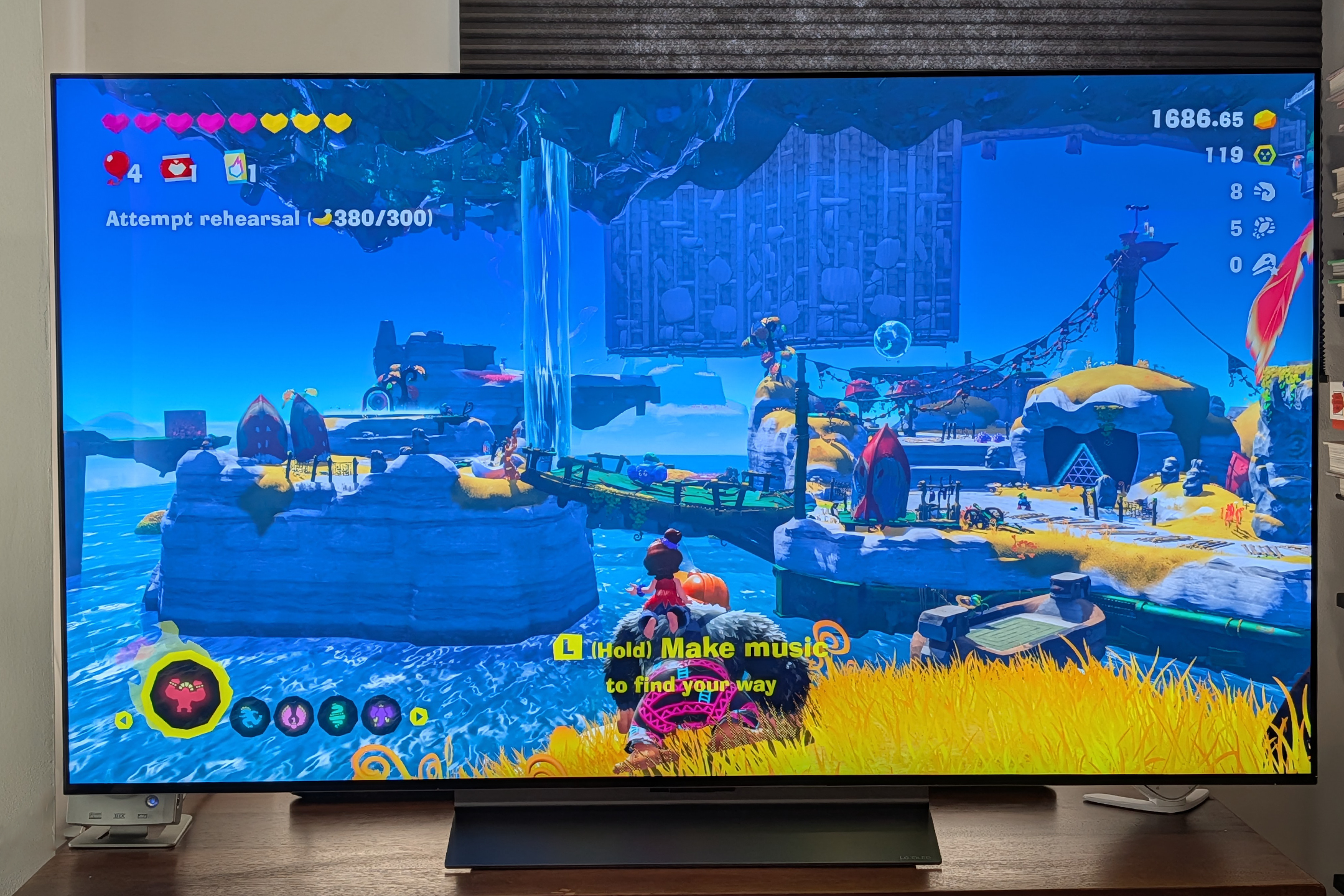
Unlike LCD TVs that use a backlight, every single one of the C5’s eight million pixels is self-emissive, meaning they can turn on and off individually. This makes a huge difference for gaming.
OLED displays create perfect, inky blacks and an infinite contrast ratio that makes shadowy scenes in games more atmospheric, while recreating bright highlights with an intensity that backlit TVs can’t replicate. This pixel-level control also results in a near-instant response time, eliminating the ghosting and blurring that can plague lesser screens during fast-paced action.
The C5 supports Dolby Vision and HDR10, the HDR formats used by the Xbox and PlayStation. This means the C5 can display a wide range of brightness levels between total black and total white, giving the image more detail in the shadows and punchier highlights.
You’ll notice the difference in games like Cyberpunk 2077, where neon billboards are dazzling at night, and suddenly moving from a dark interior into blazing sunlight is enough to make you squint.
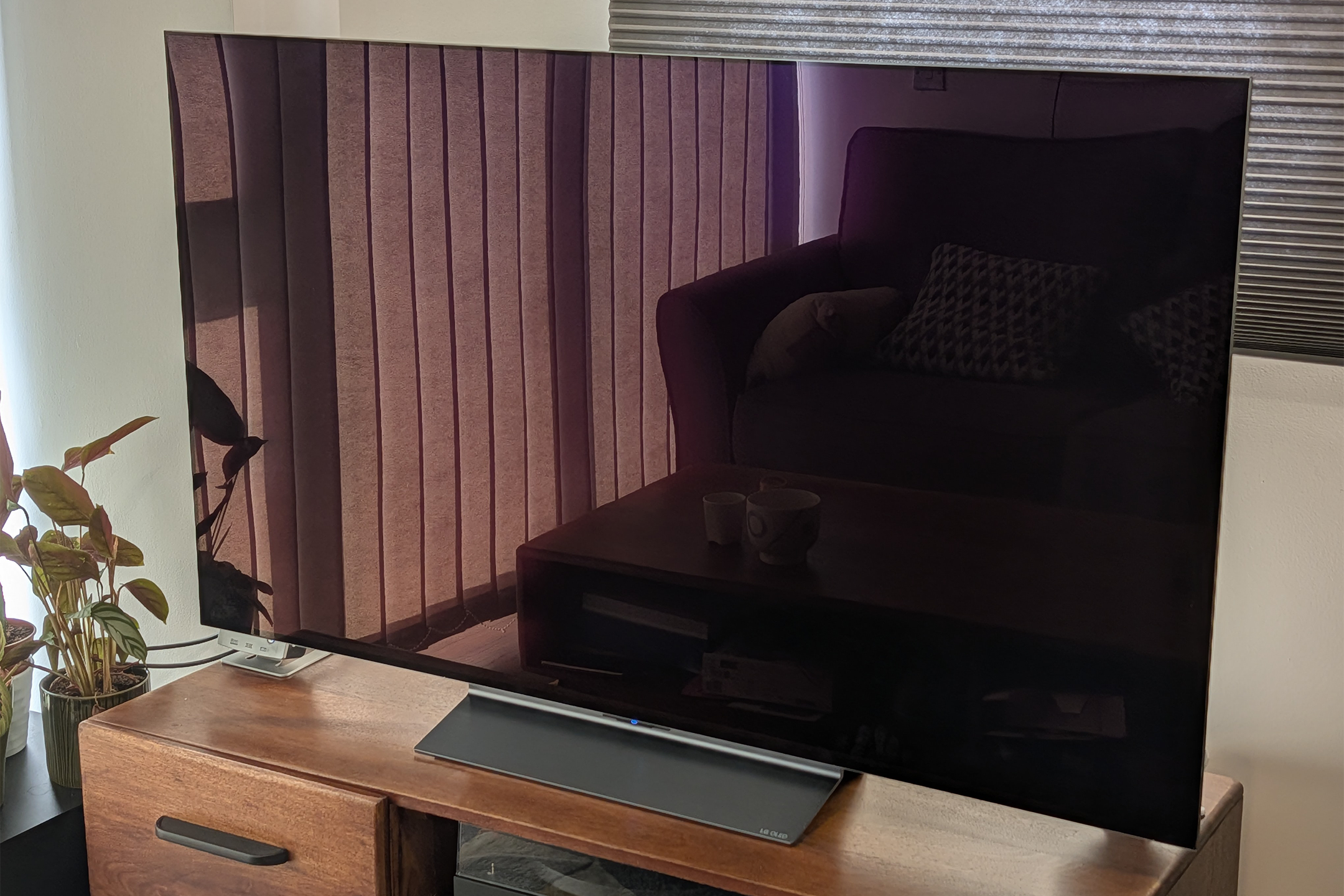
One drawback with formats is that it doesn’t support HDR10+, a newer HDR standard used by some streaming services that’s gaining traction, but that won’t impact anyone playing on the current generation of consoles.
Otherwise, the LG C5 comes with a full house of features specifically designed to support next-generation gaming. It boasts a native 144Hz refresh rate, meaning incredibly smooth and fluid motion on Xbox and PlayStation games that support it, plus headroom for PC gamers with a powerful enough setup.
This is complemented by full support for Nvidia and AMD’s variable refresh rates, a feature that dynamically syncs the TV with the frame rate of your console or PC to eliminate screen tearing – that ugly visual glitch where the image appears to stutter or break.
Input lag – the delay between your controller and what happens on screen – comes in at under 10ms in the C5’s dedicated Game Mode. An auto low latency mode automatically detects when you’re playing a game and switches the TV to its fastest settings, so there’s no fiddling around every time you swap over to Homes Under The Hammer.
Buy now £1249.00, Amazon.co.uk
What is the best gaming TV?
The LG C5 offers everything you need to get the very best picture quality from your games, with a 144Hz refresh rate that easily accommodates the most frames per second the Xbox Series X and PlayStation 5 can hurl at it, low response times, impressive HDR and enough HDR ports to connect all of your devices at once. All that while remaining a top-tier OLED TV for movies and shows.
Costing a cool £1,900 when it launched earlier this year, the 55in model has since dropped to £1,299 – making it one of the better TV bargains you’ll find, and a smaller 42in version is now around £1,099. That said, this year’s model isn’t a huge upgrade over the LG C4 (£999, Argos.co.uk). If you can find the 2024 model going cheap, you stand to save even more with very little difference in quality.
Looking for more? Check out our round-up of the best 4K televisions







